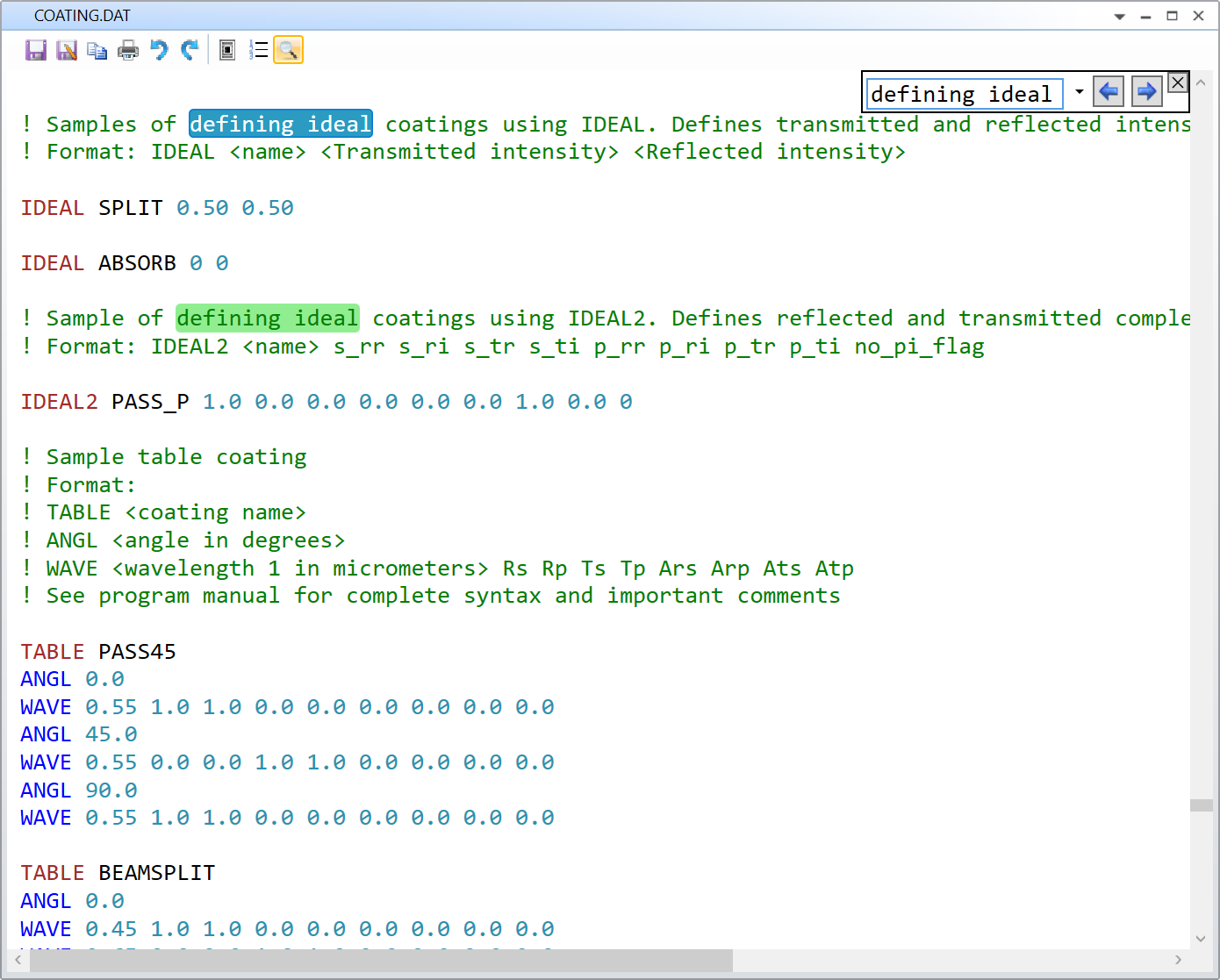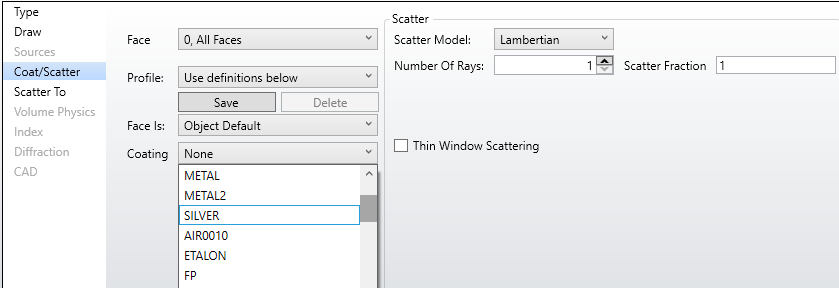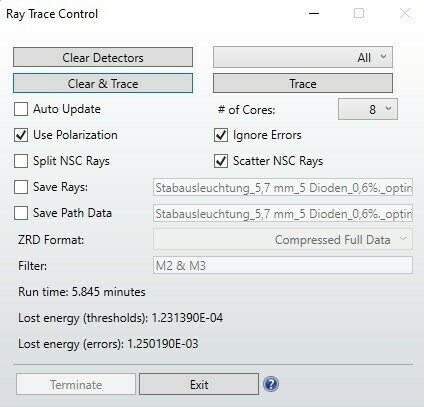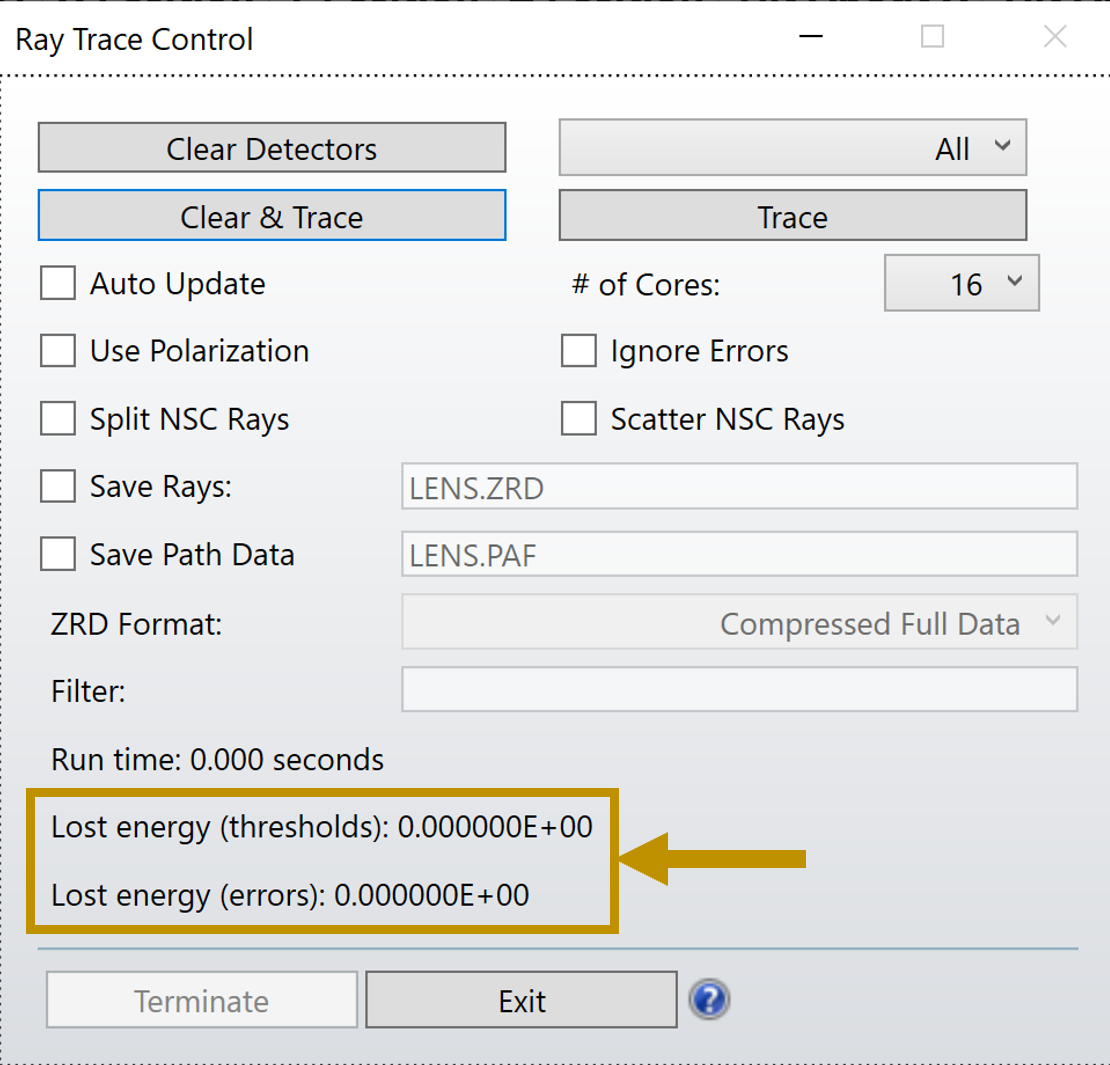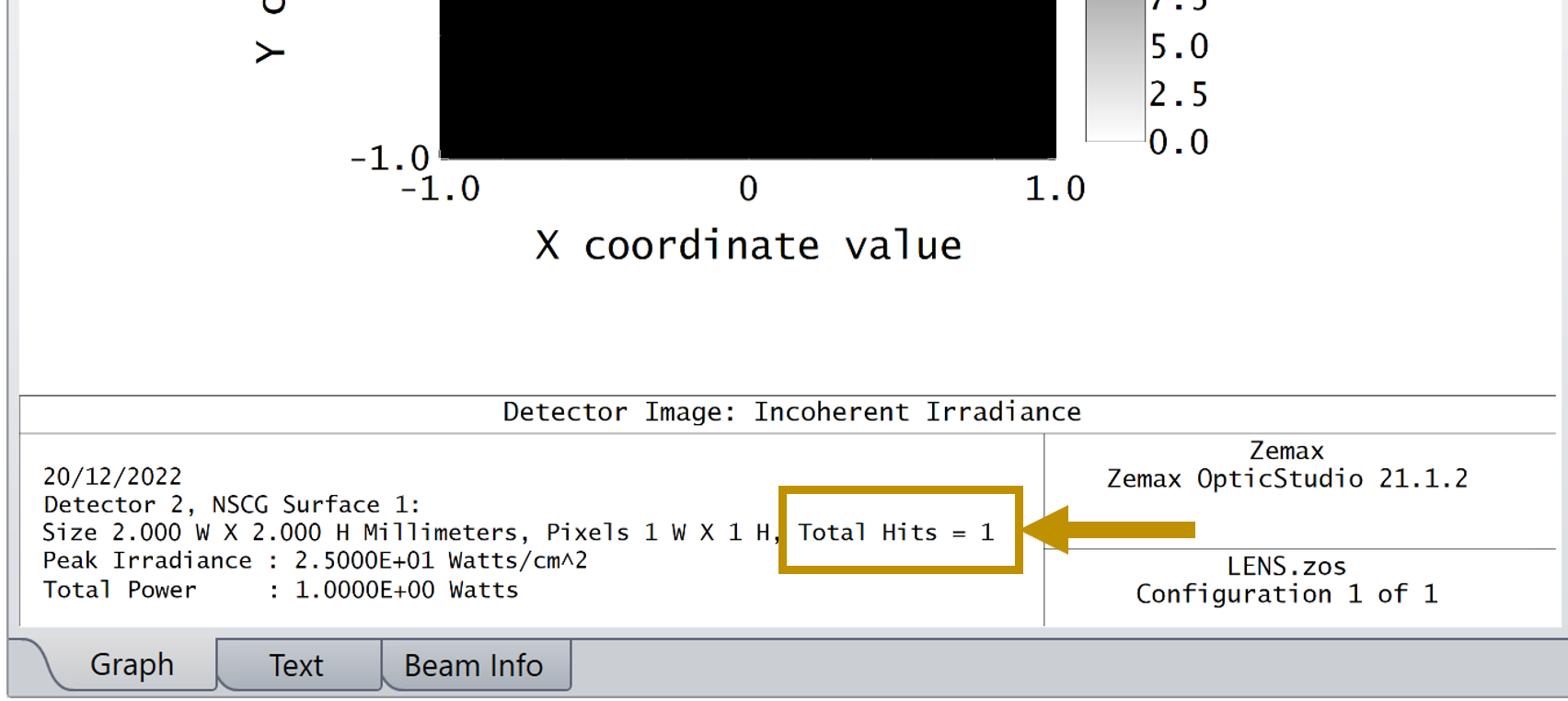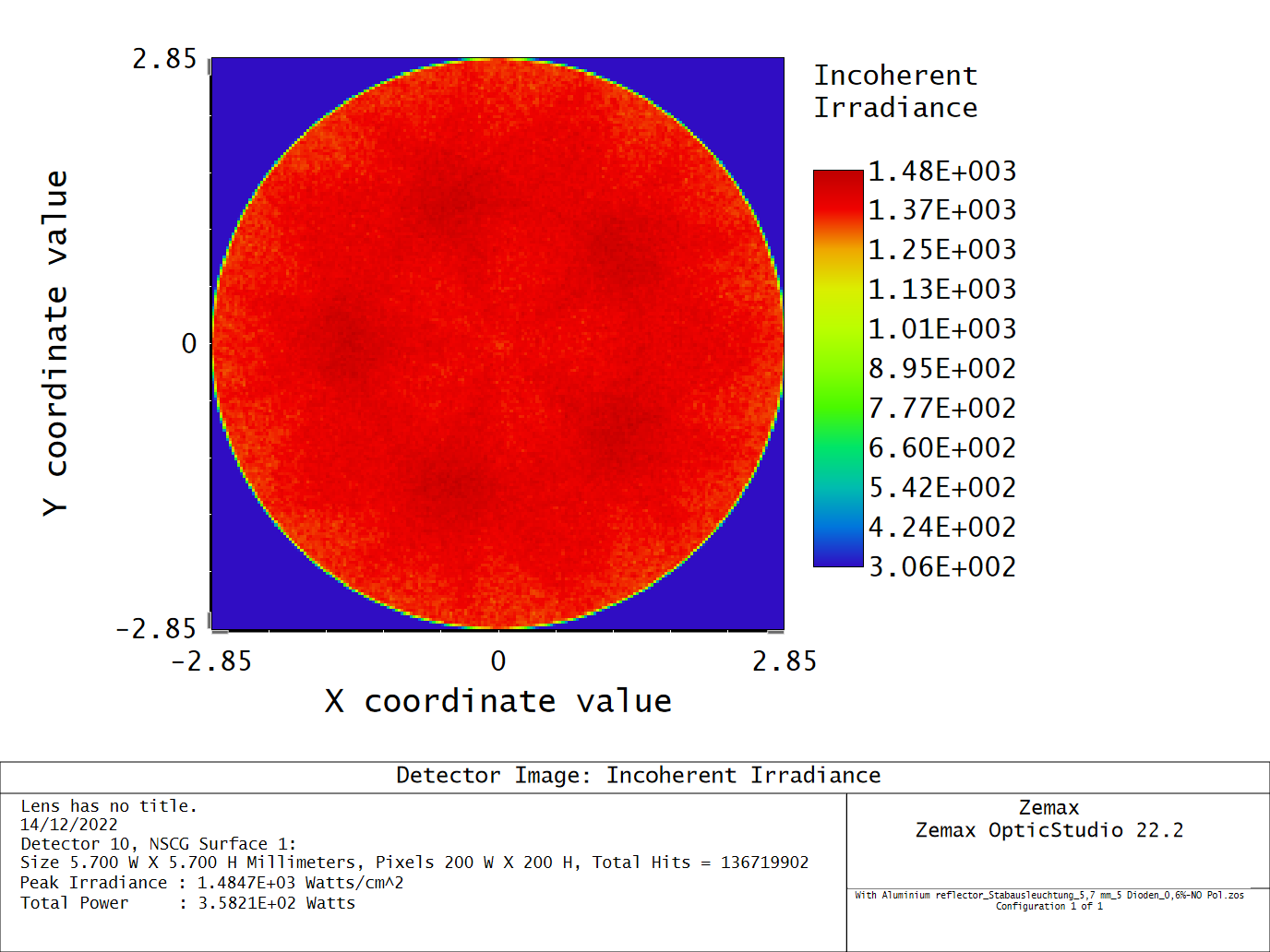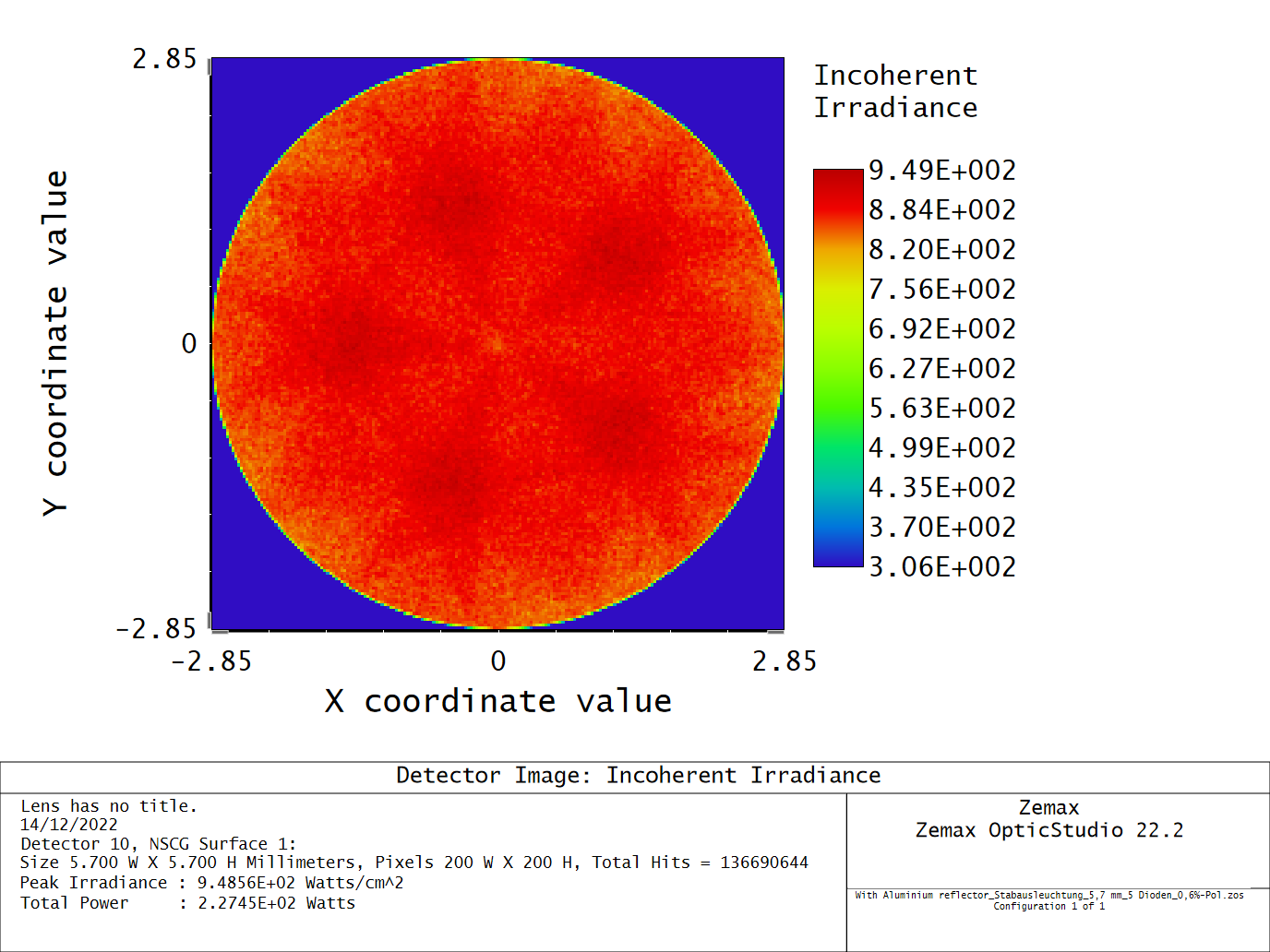Hi All,
I am Akhil, student doing master thesis. As a part of my work, I am using non-sequential mode in Zemax to develope the flourescence profile of the laser rod. Inside the laser pumping chamber, there is a metallic reflector and I want to simulate it for different material such as Aluminium and Steel on it. I have the CAD model of the reflector and can someone suggest me that how can I do that exactly?
Thanks in advance
Akhil

